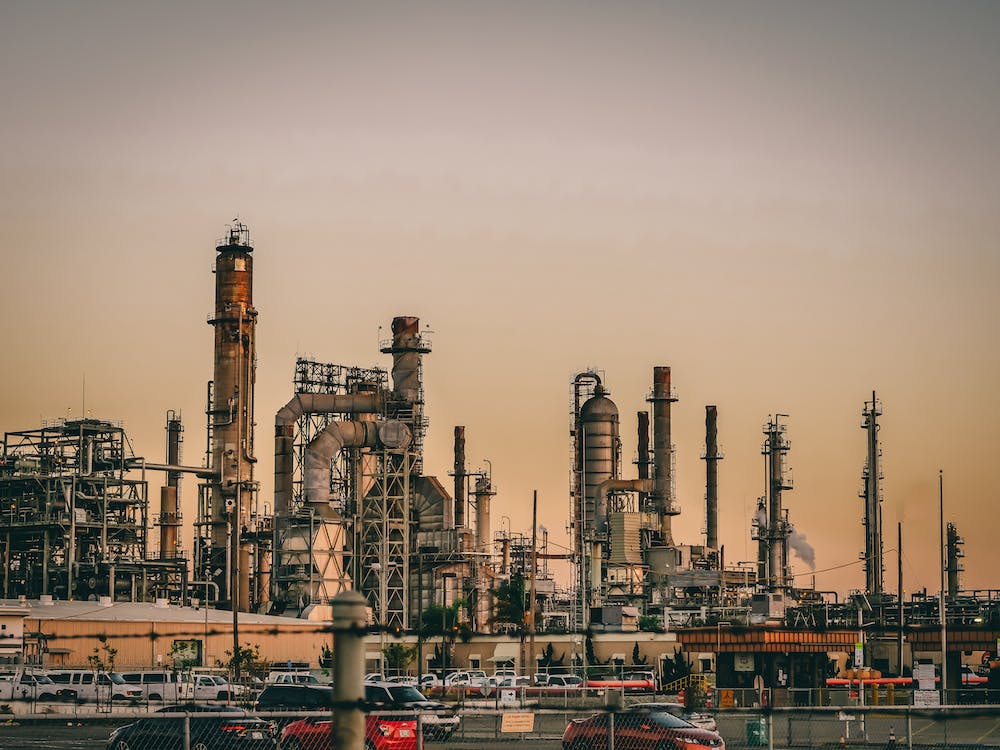Large-scale operations have raised living standards and given us more options than we could have ever imagined before the Industrial Revolution, but they have also had unforeseen consequences, like pollution, global warming, etc. The SGR strives to decrease financial leverage while raising sales and revenue. By reaching the SGR, a company can stay out of financial problems and limit its use of borrowing.
The highest rate of growth that a business or social enterprise may sustain without using more equity or debt to fund expansion is known as the sustainable growth rate (SGR). In another sense, it is also the rate at which the business may expand without borrowing money from other sources and by using only its internal earnings.
Understanding Business Models and Innovations
These include introducing hybrid-electric equipment also called industrial robots and fully electrifying operations, a crucial emissions-abatement tool for oil and gas businesses, as well as increasing efficiency through digitalization, advanced analytics, as well as artificial intelligence.
Business model innovation aimed at meeting the demand for lower-carbon techniques and more recycled content is also on the table. This includes opportunities for miners as well as cement makers, as well as supply chains being reoriented toward more “circular” practices, as described by garment executives, the linear offspring of the textile innovators who kicked off the Industrial Revolution.
For executives in any sector who want to map out their sustainability journey, these concise summaries should be helpful discussion starters and sources of inspiration.

Key Lessons for Sustainable Industries
-
The highest rate of growth that a business may maintain without using more equity or debt to finance expansion is known as the sustainable growth rate.
-
High SGR businesses typically excel at increasing sales, concentrating on high-margin goods, and controlling inventory, payables, and receivables.
-
Long-term challenges brought on by a high SGR for businesses include greater market competitiveness, shifting economic conditions, and higher R&D.
-
Businesses utilize the SGR to plan their long-term expansion, capital purchases, cash flow forecasts, and financing strategies.
-
Companies could reduce their profits to develop more rapidly, but it is a divisive strategy.
Hybrid: The Future has Already Begun
Different fossil fuels have different costs compared to electricity, and it is unclear when electricity will become significantly and permanently less expensive.
Cost-effectiveness is influenced by several factors, including carbon pricing (a rise that would make manufacturing electrification more doable) whether the electric device is more energy efficient and effective than conventional equipment, and the relative costs of fossil fuels and clean electricity at a specific industrial site at the time of purchase.
The stakes are significant since energy expenses can be more than ten times higher than capital-investment costs during a typical industrial boiler or furnace.
The Ideal Combination of Sustainability in Industries
The best time to buy hybrid equipment is when a business replaces outdated equipment or establishes a new facility. Industrial robots industries must seriously consider going fully electric for new construction to be future-proof.
However, installing hybrid equipment or industrial robots that now transitioning to electric equipment later may prove to be more cost-effective than installing traditional equipment during replacements as well as new construction. Hybridization might soon be a financially viable option at more industrial sites as the cost of renewable energy declines in other areas.
Making the move may also have advantageous, second-order effects. When electricity prices fall below those of traditional fuel and industrial players considerably increase their electricity usage, the lower price level may serve as a floor within the power market.







